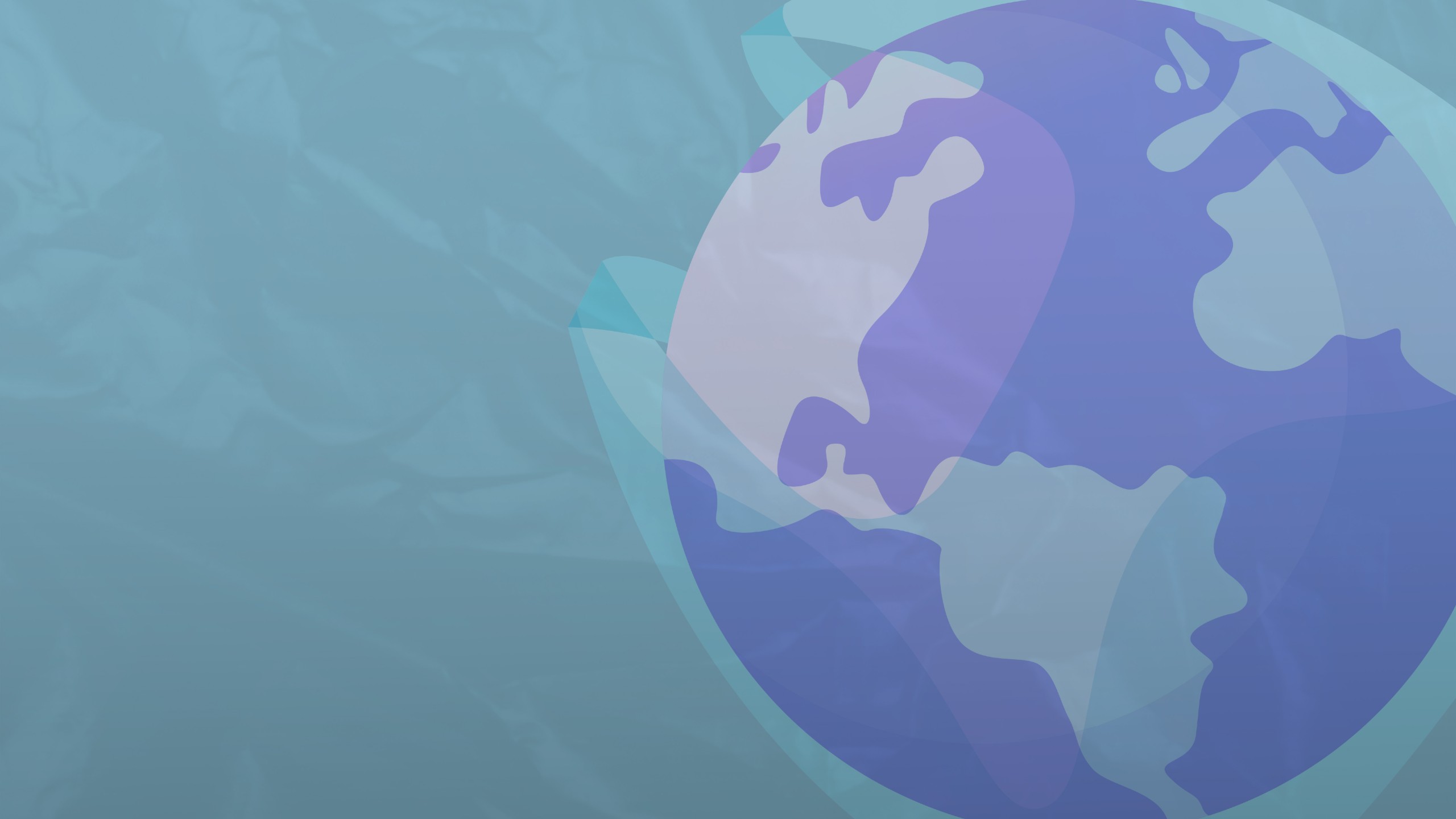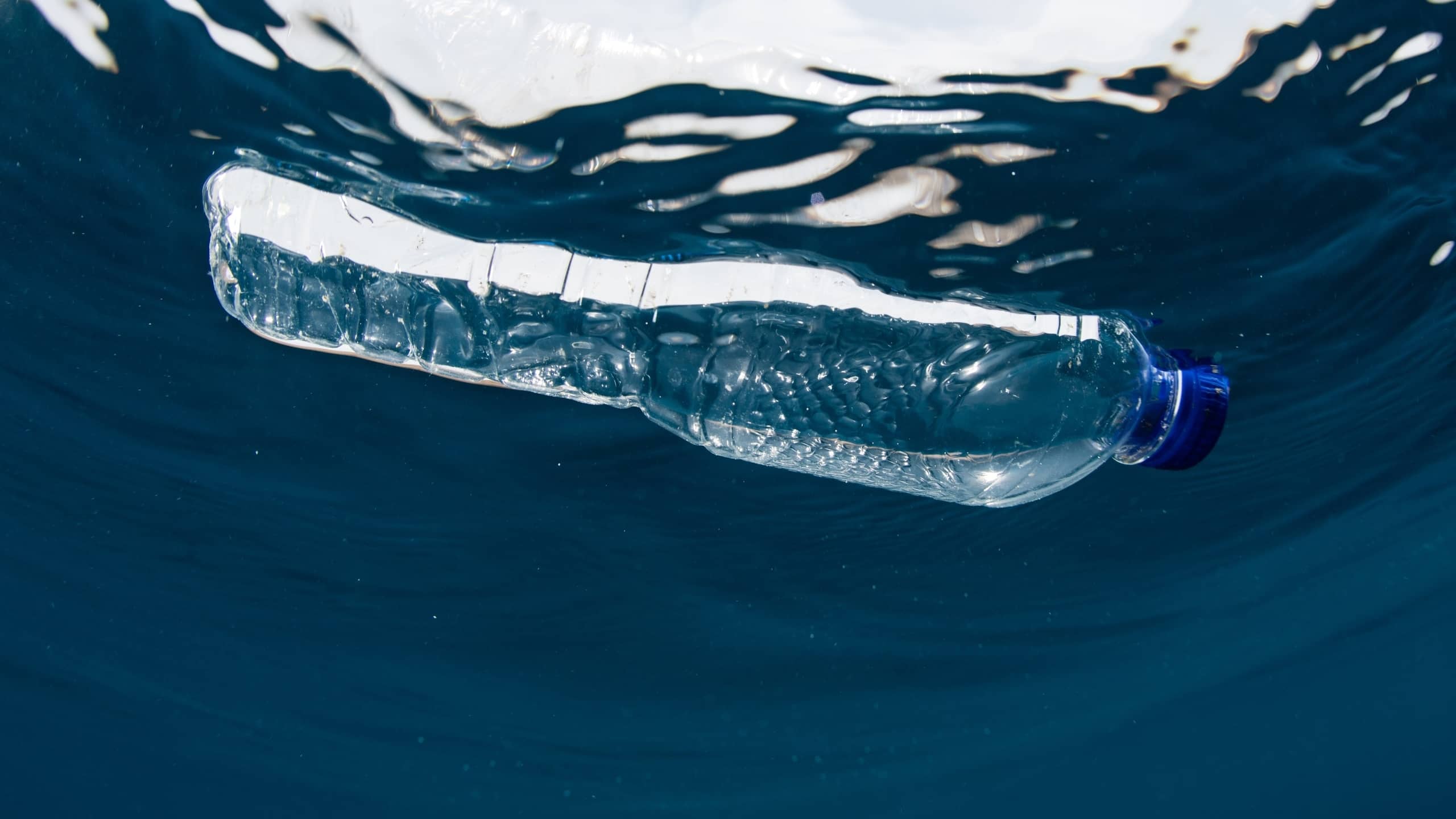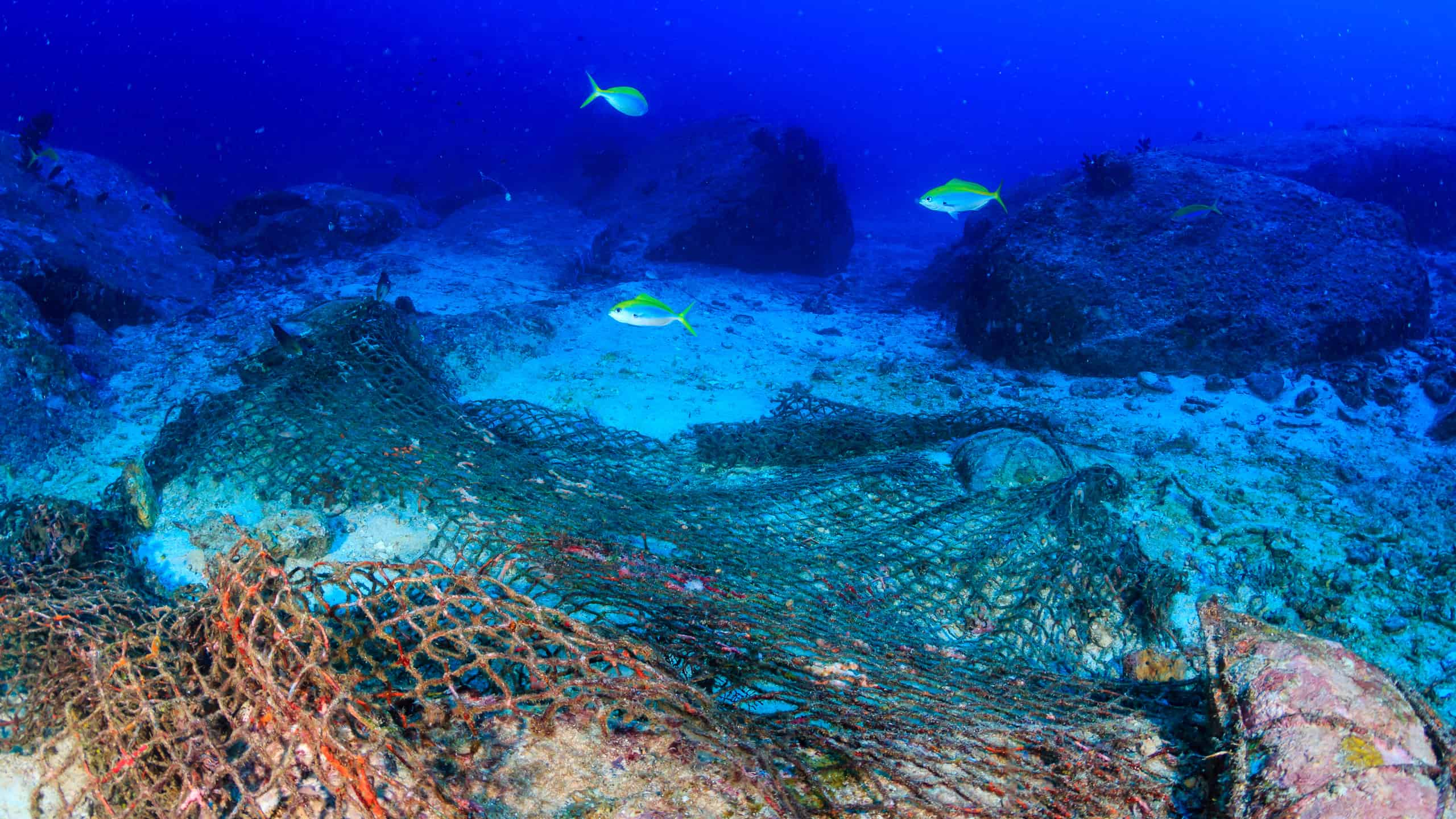Plastics: how it all started
The history of plastics started in 1862, when Alexander Parkes accidentally discovered an organic material derived from cellulose, while trying to find an alternative for rubber. This new discovery could be heated and shaped and would preserve its shape once cooled.
Later, in 1869, John Wesley Hyatt invented the first synthetic polymer to substitute ivory. At the time, ivory was extensively used in piano keys, for instance. However, supply depended on hunting wild elephants and thus plastic became a very welcome alternative.
But only in the 20th century did plastic become widely popular and that had to do with Leo Hendrik Baekeland’s creation of the first totally synthetic resin. In the blink of an eye, it became a constant presence in everyday life.
A necessary evil?
There are situations where the use of plastic is still irreplaceable, namely, to produce medical devices such as catheters, filters, prosthetics, syringes or masks. It is also very convenient for the processing industry and, consequently, in our day-to-day. It optimises transportation because of its lightweight (which causes lower CO2 emissions), improves food conservation (avoiding food waste), facilitates the access to clothes, furniture, and so on, in a practical and accessible way.
Nevertheless, while plastics contributed greatly to the development of society, its incorrect disposal generates pollution, namely of the seas and rivers and poses a threat to biodiversity.
More than the excessive use of plastic, the problem lies in its incorrect disposal. To have a new life, it must be correctly sorted and sent for recycling. When that doesn’t happen, plastic frequently ends up in the seas.
That is why it is urgent to reduce plastic waste that was incorrectly discarded, and to adopt new and more conscious ways of using it.
Follow our tips to shop without disposable plastic and to avoid using it in your daily life.
8 facts about plastic in the world
Just like we promised at the very start of this article, here are eight key facts about plastic use you should know.

-
Over 300 million tonnes of plastic are produced every year.
And packaging makes up around 26% of the total. The European Union has banned certain single-use plastics like straws and cotton sticks.
-
Only 14% of plastic is recycled.
Plastic recycling is instrumental for the planet’s wellbeing. Recycling one million tonnes of plastic is equivalent to removing one million cars from the roads, in terms of CO2 emissions.
-
There are five “garbage islands” in the world’s oceans.
They are “islands” or patches made of all kinds of plastics. The most recognisable is the Great Pacific Garbage Patch, located between Hawaii and California, with three times the size of France. Sadly, microplastics have already been found in the Arctic ice and at the top of Mount Everest.
-
There are over 150 million tonnes of plastic in the ocean(s).
Every year, an estimate of 4.8 to 12.7 million tonnes of plastic flows to the oceans, joining over 150 million tonnes already floating about.
-
About 49% of the waste found at sea is disposable plastics.
And by disposable plastics we mean materials like bottles and caps, food wrapping and packaging, single-use cutlery, cotton sticks, or cigarette butts.
-
There are ghost nets “haunting” the oceans.
Ghost nets are fishing nets that were abandoned or lost at sea, and that remain there for several months or years. Around 27% of the sea plastic and rubbish comprises remnants of fishing boats and aquaculture.
-
Humans and other animals ingest plastic.
The ingestion of plastic has harmed or killed several million marine animals. Recently, microplastics were detected in human organisms, the most probable cause being the second-hand ingestion of microplastics through the food chain, although there isn’t evidence yet about its direct consequences on health.
-
The amount of rubbish in the sea is expected to quadruple by 2050.
Recent studies estimate that, by 2050, there will be four times more plastic waste in the oceans than today. This will increase the vulnerability of many marine species such as birds, turtles, dolphins, or seals, making a future with more plastic than fish in the sea a real possibility.



